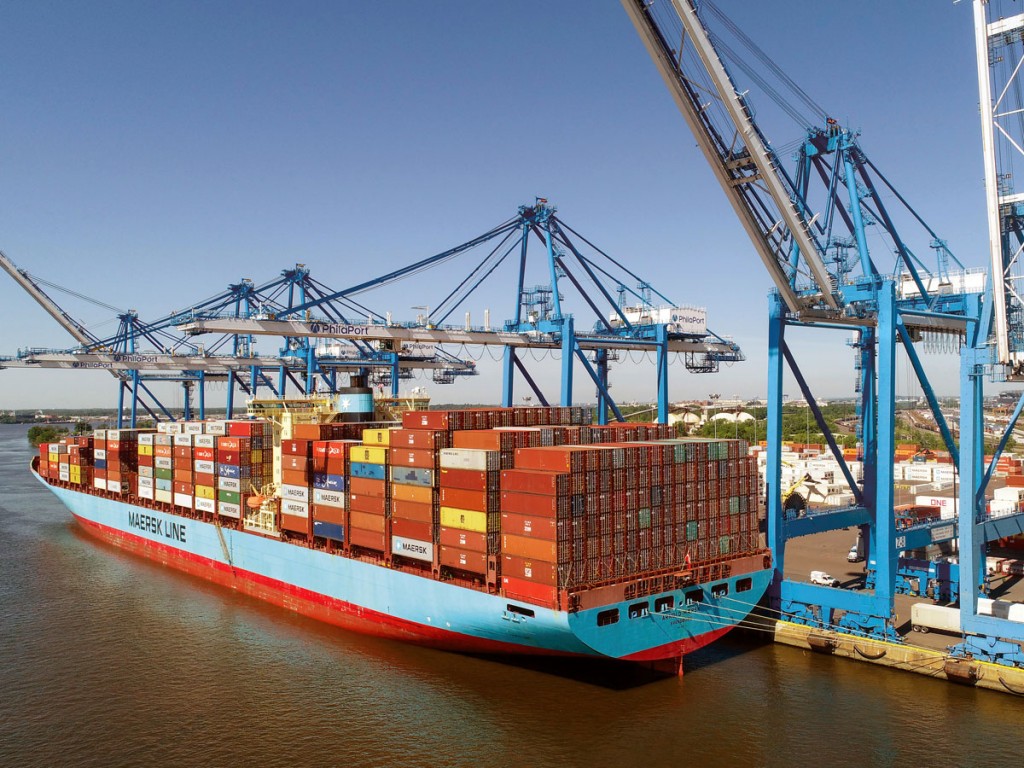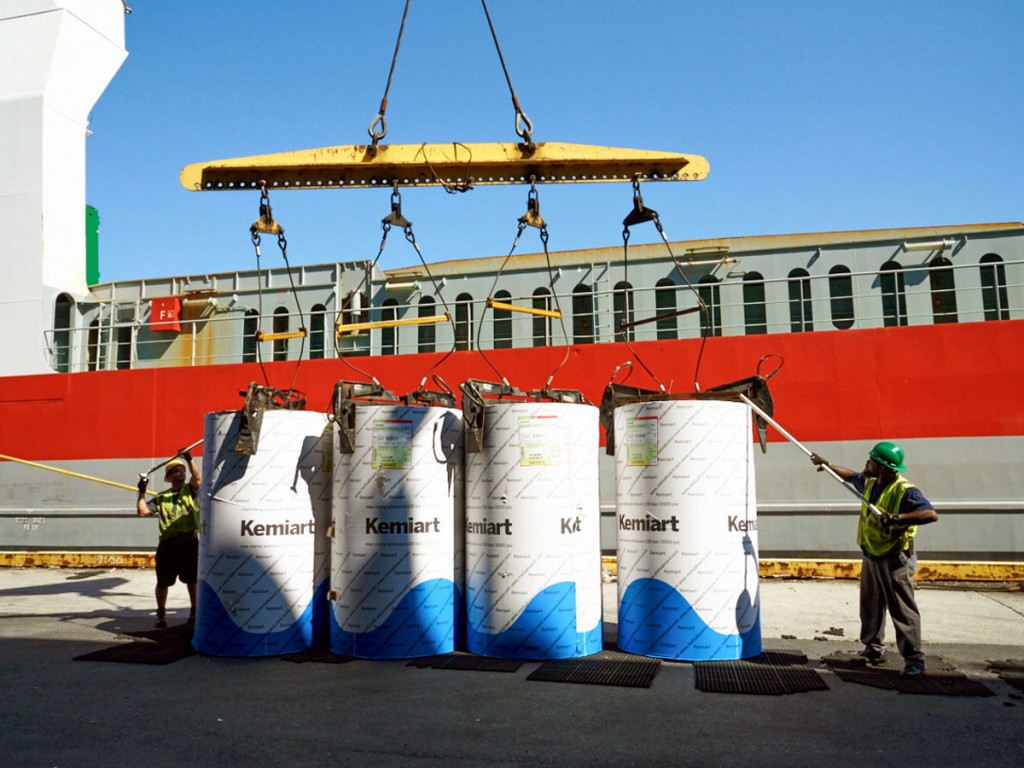Velocity. Proximity. Flexibility.
Those three words are chosen by PhilaPort’s longtime director of marketing, Sean Mahoney, to sum up what Philadelphia’s seaport has to offer shippers seeking to efficiently reach U.S. Northeast markets.

“We have invested over $1 billion in capital projects over the past decade, and we’re not done yet,” continued Mahoney, who joined the Port of Philadelphia team in 1991.
Now, with a deeper Delaware River channel realized, five new super-post-Panamax cranes in operation and further infrastructure enhancements advancing, PhilaPort is living up to its marketing moniker as “The Other East Coast Port” while enjoying heightened containerized cargo activity even amidst pandemic-plagued times.
PhilaPort’s chief executive officer and executive director, Jeff Theobold, shares Mahoney’s enthusiasm, telling AJOT, “It truly is an exciting time to be involved with the Port of Philadelphia.
“Not only have we implemented hundreds of millions of dollars in capital improvements, but we are already seeing them pay off,” Theobald added.
Citing compound annual growth of container volumes of 11 percent over the past nine years, Theobald commented, “This is proof positive that we have been effective stewards of the Commonwealth [of Pennsylvania]’s trust and enables us to partner with public and private sectors for new tranches of capital, supporting continued future growth of the port.”
In calendar 2020, PhilaPort’s container volume was up 7 percent over 2019, with food and forest products leading the way.
“Even during a pandemic, people need to eat,” Mahoney explained. “And, since PhilaPort is such a major food port, we have seen increases in our refrigerated cargos – fruits, vegetables and meat – due to the American consumer’s desire to eat healthy during these difficult times.”
While Chile, Peru and Argentina, as well as Australia, New Zealand and Brazil, remain major trading partner nations for PhilaPort, Costa Rica and Guatemala moved up in the past year to No. 1 and No. 3 positions, respectively, according to Mahoney.
At the same time, growing volumes of consumer paper products, such as tissues, napkins and paper towels, plus increased demand for packaging materials for e-commerce shipments and for lumber from staying-at-home renovators, are contributing to growth in forest products activity at Philadelphia’s seaport.
These and other goods arriving at PhilaPort on increasingly large vessels, as berths are now open at 43 feet, with a controlled depth of 45 feet plus 6-foot tidal window being phased in, as facilitated by completion of the $500 million endeavor to deepen the Delaware River.

Meanwhile, a new $50 million near-dock warehouse is moving forward in two phases of 200,000 square feet each, including space for temperature-controlled cargos.
“We are actively soliciting new BCO [beneficial cargo owner] partners who could benefit from the improved velocity and logistics infrastructure that PhilaPort has to offer,” Mahoney said. “This warehouse could be the answer for a major shipper looking for a better hub in the U.S. Northeast.”
At the same time, Mahoney sees original equipment manufacturers, or OEMs, being attracted by newly initiated Norfolk Southern Railway auto-carrier service through the Class I’s rail yard adjoining PhilaPort’s 155-acre Southport Auto Terminal.
“Philadelphia is fortunate to have a vast amount of rail infrastructure adjacent to its marine terminals,” he said, noting that both CSX Transportation and Norfolk Southern have terminals with available capacity plus developable land at existing terminals and greenfield sites. Also, a third Class I – Canadian National Railway – offers a joint service with CSX into Canada.
The next step in PhilaPort’s $300 million development plan entails a new Southport berth, additional land acquisition, road and rail improvements, and increasing the footprint of container and breakbulk cargo operations, which could include further warehousing facilities, both on-dock and near-dock.






